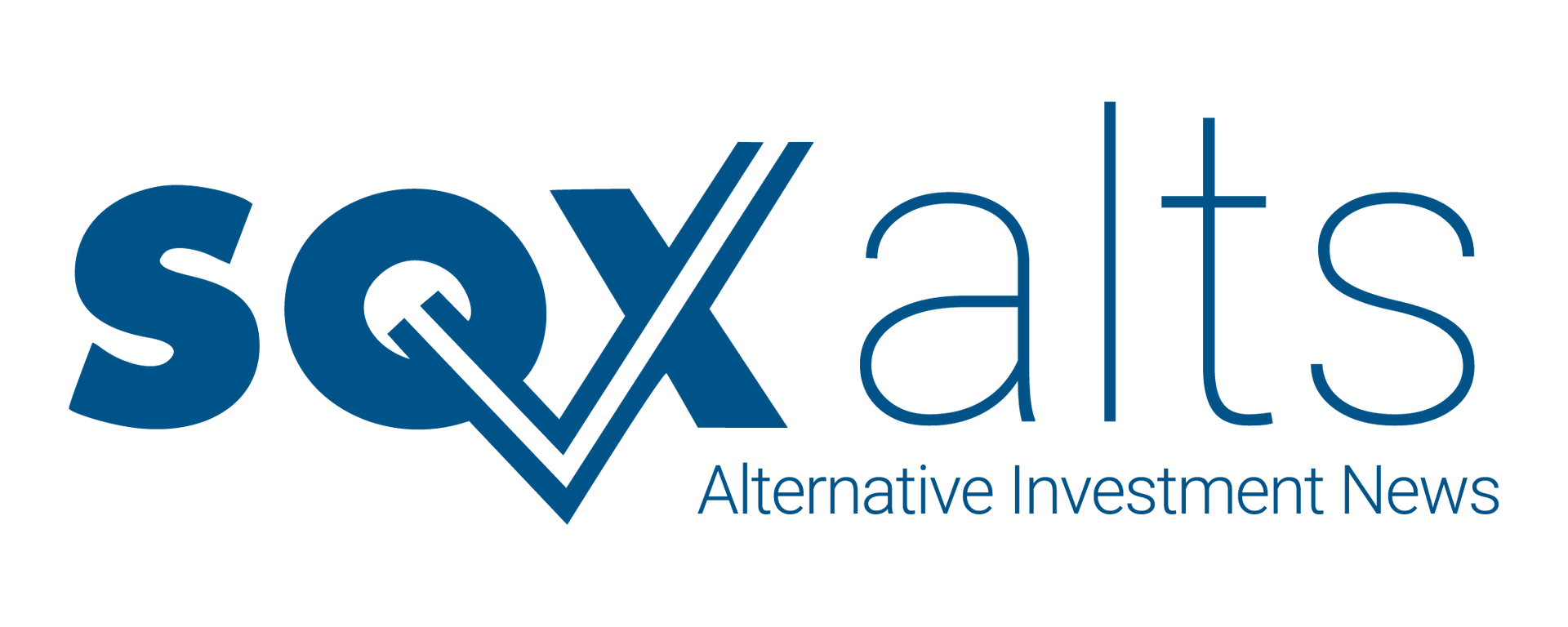Sinclair Reports Q2 Loss
Despite financial setbacks, the company expanded its podcast network, rebranded digital assets, and executed multiple station transactions.
August 08, 2025

Q2 Financials Show Revenue Pressure
Sinclair closed out the second quarter with a net loss of $64 million. Revenues fell 5% year-over-year to $784 million, with media revenue making up $777 million of that total. Advertising softness, a drop in political ad spend, and macroeconomic headwinds all played a role. Operating income declined to $21 million from $64 million last year, and diluted earnings per share moved from a gain of $0.27 to a loss of $0.91.
Adjusted EBITDA came in at $103 million —down 35% from the same quarter in 2024 but still ahead of the midpoint of company guidance. Core advertising revenue offered a bright spot, climbing to $316 million, a 4% increase. Political advertising, meanwhile, dropped sharply to $6 million from $40 million the year before.
Strategic Initiatives Advance
Sinclair continued moving forward on several strategic initiatives. It finalized the rebrand of Compulse to Digital Remedy in June after acquiring the remaining 75% stake in March. Digital Remedy now functions as a full-stack software platform focused on omnichannel media activation, with Connected TV as a key growth area.
The company also added five AMP sports podcasts to its lineup, including shows covering major college football programs and the WNBA. These additions support a broader push into audio and digital content, complementing existing media properties.
Distribution revenues held steady at $434 million, and multicast network platforms saw record engagement. While total advertising revenue dipped, the company’s core advertising business continued to grow, helping offset the loss of political ad dollars.
Transactions and Investments
On the transaction front, Sinclair stayed active. The company acquired license assets in Omaha, Hazleton, High Springs, and Sioux City, while selling stations in Milwaukee, Springfield, Ottumwa, and Quincy. In Syracuse, Sinclair launched WKOF under the NextGen Broadcast standard, marking a milestone as the first station fully initiated under ATSC 3.0.
The investment arm, Sinclair Ventures, made $11 million in minority investments and took in $6 million in distributions during the quarter. Sinclair also bought back $81 million in notes due 2027 for $77 million in cash, reflecting a focus on managing liabilities.
Balance Sheet Snapshot
- Cash and cash equivalents: $616 million
- Total debt: $4.1 billion
- Dividend paid: $0.25 per share
- Capital expenditures: $17 million
Looking Ahead
Sinclair expects third-quarter revenues between $752 million and $776 million, and adjusted EBITDA in the range of $71 million to $93 million. Political advertising is projected to stay limited, but the company anticipates stability in core advertising and distribution. Forecasted operating income ranges from a potential loss of $6 million to a gain of $17 million.
Leadership changes also continued, with Narinder Sahai stepping in as CFO and Conrad Clemson taking over as CEO of EdgeBeam Wireless, a Sinclair-backed broadcast tech joint venture.
Sinclair is navigating a tough environment but remains focused on execution—managing costs, growing digital platforms, and maintaining steady investment in programming and infrastructure. As the industry continues to shift, Sinclair is positioning its assets to adapt in real time.
Share
Read More Articles


